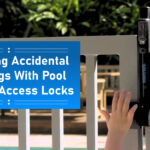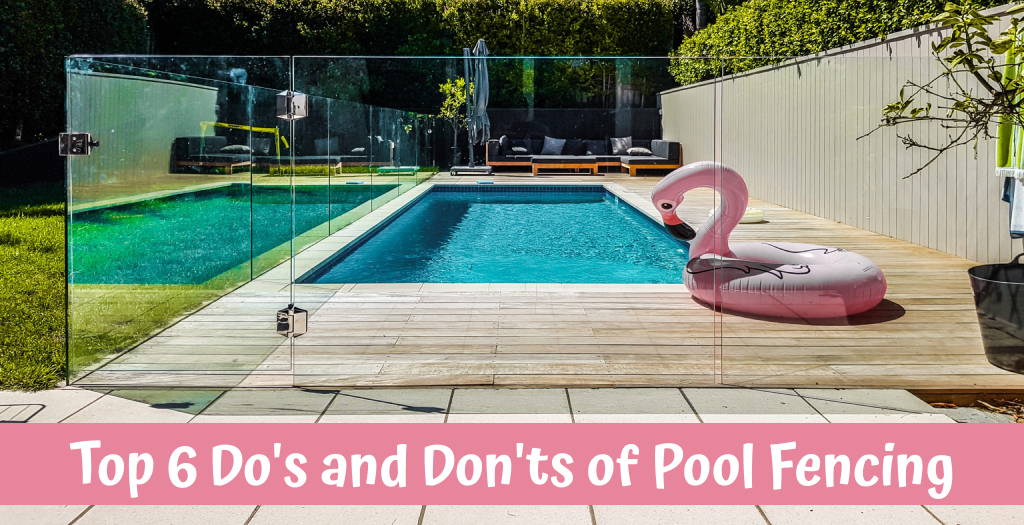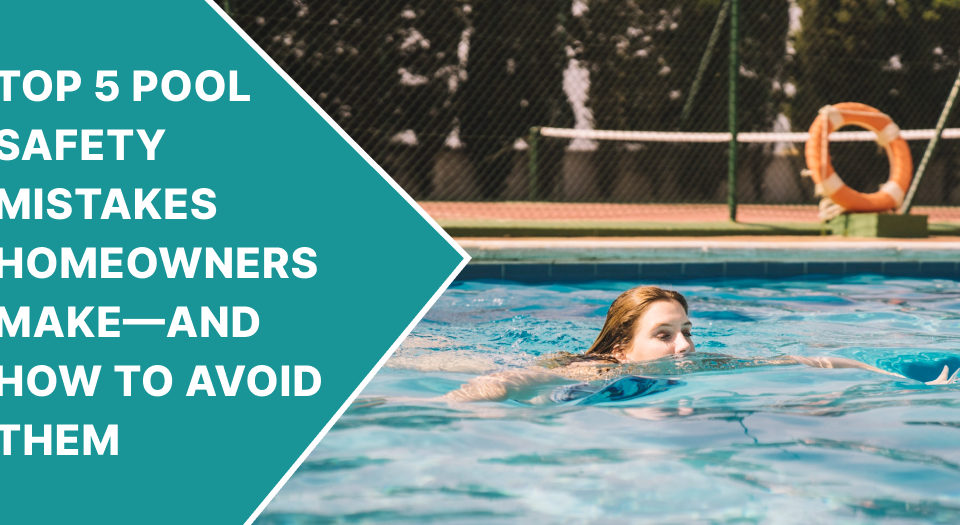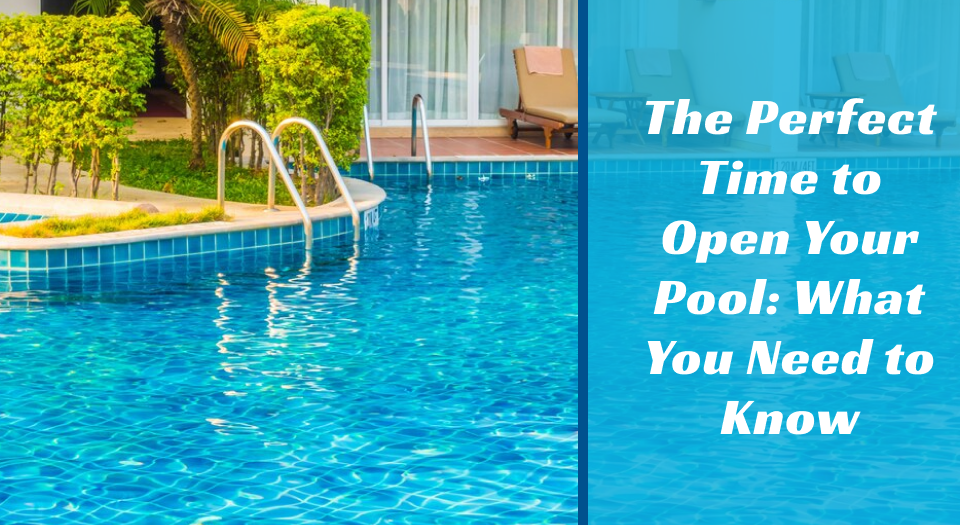
Preventing Accidental Drownings With Pool Fences & Access Locks
June 15, 2023
7 Reasons Why You Need a Pool Fence
July 15, 2023Swimming pools could be a great source of entertainment and fun for families, but observing pool safety protocols and implementing the five layers of protection is essential. Pool fencing is a crucial safety measure for any swimming pool, whether it is a commercial or a residential pool.
The primary purpose of pool fencing is to prevent accidental drowning, particularly for young children at a high risk of drownings in the swimming pools. These barriers restrict access to the water, preventing pets and kids from accidents when they are not swimming. However, pool fencing also has other benefits, such as increasing property value and the pool’s appearance.
A crucial part is ensuring that your pool has the right fencing to prevent accidents. It lets you stay informed and safe; this blog will provide an overview of the key do’s and don’ts when discussing pool fencing.
Do’s of Pool Fencing
Here are a few do’s of pool fencing to consider:
Choose a fence that meets codes and standards
All pool fences must comply with ASTM-F1908 standards for residential outdoor swimming pools, spas, and hot tubs. These include gate requirements, materials, and height. Unfortunately, non-compliance may result in hefty fines in a few locations, so make sure you choose a fence that meets the standards established in the local area.
Ensure the fence is at least 4 feet high
The height of the fence is an essential factor in preventing young children from climbing over it. The minimum height requirement for a pool fence is 4 feet.
Use self-latching and self-closing elements
Pool gates should latch and close automatically to ensure you always secure the pool. Choose high-quality self-latching locks and self-closing hinges for your pool gate.
Maintain the fence regularly
Regular maintenance ensures the fence remains in good condition and is an effective barrier. Check for any damage, signs of corrosion, wear, and tear and fix them promptly. If you want the fence to work properly, the locking mechanism, gate, and fence must all work together as a total system.
Consider the materials
The materials used for the fence may affect its overall appearance, maintenance requirements, and durability. Choose materials that are aesthetically pleasing, low maintenance, and durable.
Keep the pool fence clear of any objects
Objects like toys or chairs are helpful as a climbing aid for children to get over the fence. Keep the pool fence area clear of objects useful as a climbing aid.
Don’ts of Pool Fencing
Here are a few don’ts of pool fencing to avoid:
Never leave gaps in your pool fence
One of the most significant don’ts of pool fencing is to leave gaps in the fence. These gaps may be tempting for children to crawl through, and they also tend to allow pets to access the pool area. Make sure your fence is perfectly secured and has no holes or gaps that small pets or children could crawl through.
Do not forget to put away furniture and toys
If you have a fence around the swimming pool, you should know it doesn’t provide complete protection for young children, who may find ways to climb over the barrier. You should take the necessary steps to make sure that any objects that could help them climb over the pool fencing (furniture, steps, or toys). Make sure you keep them away from the pool area, especially when not used.
Avoid using a fence that is too short
Your pool fence needs to be at least 4 feet high. If you use a too-short fence, you may compromise the safety of your pool area, making it easy for the pets to jump or children to climb over.
Avoid using the fence with horizontal bars
Horizontal bar fences may look attractive but can be a safety hazard. Children may use the bars as footholds to climb the fence, and pets may use them to jump over. Using a fence with mesh or vertical bars is best to prevent climbing.
Never forget to maintain your pool fence
A pool fence is only effective if you maintain it right. Regularly check your pool fence for any damage or wear and tear, and repair any issues promptly. Also, keep the area around the fence clear to prevent anyone from using objects to climb over.
Do not use a low-quality fence lock
Your pool gate’s lock is essential to its safety. A low-quality lock may easily bypass, allowing unauthorized access to the pool area. Invest in a high-quality lock that you can pick and tamper with easily.
Conclusion
Pool fencing is an essential safety measure that can help to save lives. If you follow the above-mentioned dos and don’ts of pool fencing as a barrier, you will make sure that your pool area is enjoyable and safe for everyone. Always remember that safety should always be your priority.




